
Experience the Modern's film and video collection from home with our new program Modern TV. Every other Saturday at 7 pm CST, free screenings of videos by leading contemporary artists will be linked or livestreamed here. We invite you to stay connected with us through our online resources and special events.
Past Broadcasts:
Mark Bradford
Dancing in the Street, 2019
May 16
Mark Bradford's video Dancing in the Street, 2019, shows a performance of the song by Martha and the Vandellas of the same name being projected onto buildings and fences across Los Angeles at night. The song debuted in 1964 and was adopted as a civil rights anthem and call to action during the Watts riots the following year. This work is in the Museum's permanent collection and is in the Modern's current exhibition Mark Bradford: End Papers.
Mark Bradford
American, born 1961
Dancing in the Street, 2019
Video; 2 minutes, 50 seconds
Collection of the Modern Art Museum of Fort Worth, The Friends of Art Endowment Fund and Museum purchase
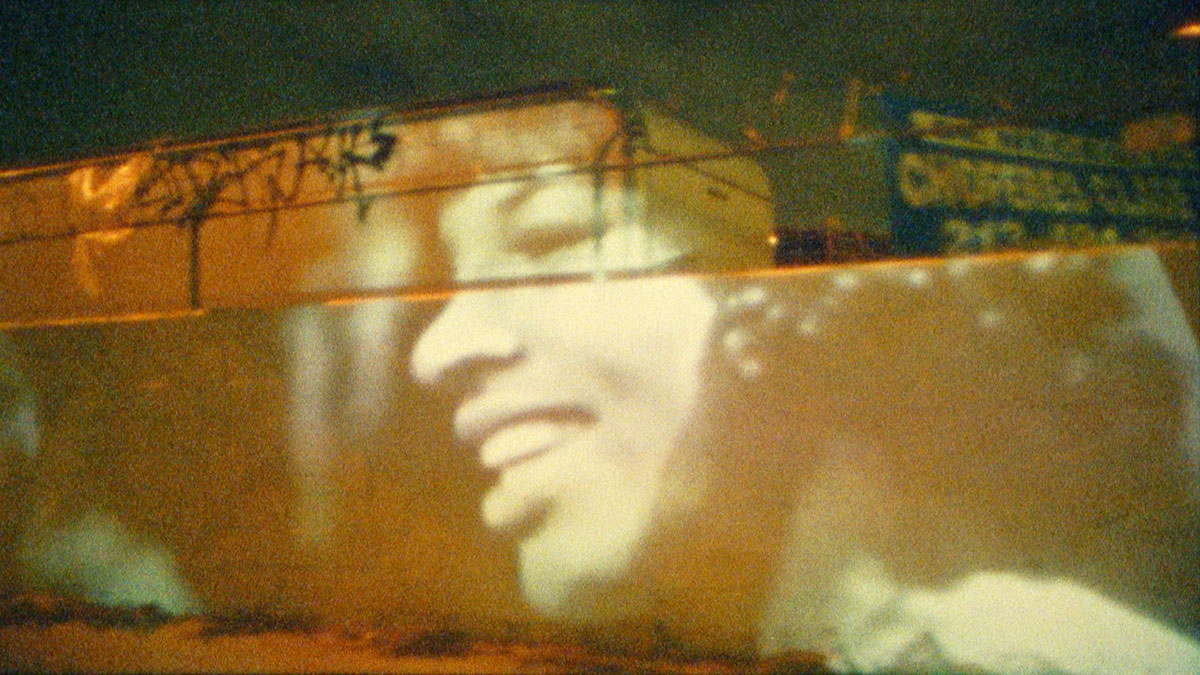
Mario García Torres
The Schlieren Plot, n.d.
May 30
Mario García Torres's The Schlieren Plot, n.d., is a cinematic narrative based on two little-known episodes in the career of the American artist Robert Smithson (1938-1973). Between the late 1960s and 1970s, Smithson worked on two projects in Texas. Mixing fact and fiction, the film's story centers on a gardener at the Menil Collection in Houston who goes on a journey to review Smithson's path across the state. García Torres composed a soundtrack to accompany the film; it includes country and gospel-style songs whose lyrics meditate on the Texas landscape and on Smithson's artistic concerns.
Additionally, you can also listen to the soundtrack of The Schlieren Plot on Spotify here.
Mario García Torres
Mexican, born 1975
The Schlieren Plot, n.d.
High-definition video with sound; 29 minutes
Collection of the Modern Art Museum of Fort Worth, Museum purchase
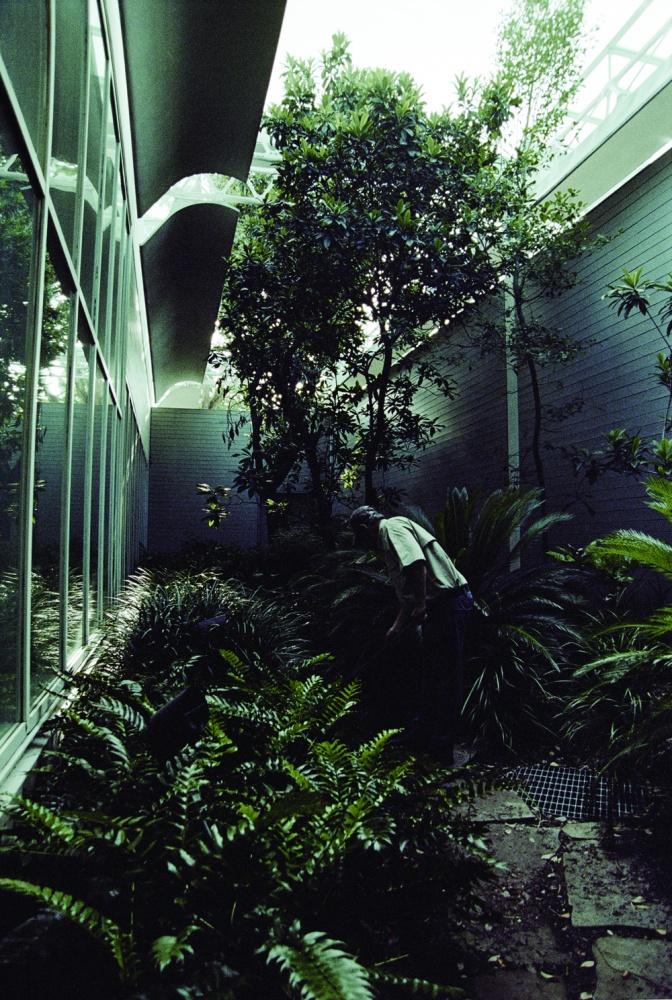
Teresa Hubbard / Alexander Birchler
Grand Paris Texas, 2009
June 13, June 14, & June 15
Grand Paris Texas, 2009, is a cinematic exploration of the physical and social space of an abandoned movie theater in Paris, Texas. The Grand theater serves as the main protagonist in a film that patiently observes life in Paris, a town made famous by Wim Wenders’s 1984 film Paris, Texas, which used the city’s name but was not actually filmed there. Hubbard / Birchler’s film interweaves three storylines: a film crew recording the bird-infested interior of the Grand; interviews with Paris residents who reflect on the abandoned movie theater, on films in general, and on Wenders’s Paris, Texas in particular; and Hubbard / Birchler’s surprising discovery of a partially-erased video tape found at the local video store.
Teresa Hubbard / Alexander Birchler
Irish/American/Swiss, born 1965
Swiss, born 1962
Grand Paris Texas, 2009
High-definition video with sound; 54 minutes
Collection of the Modern Art Museum of Fort Worth, Museum purchase
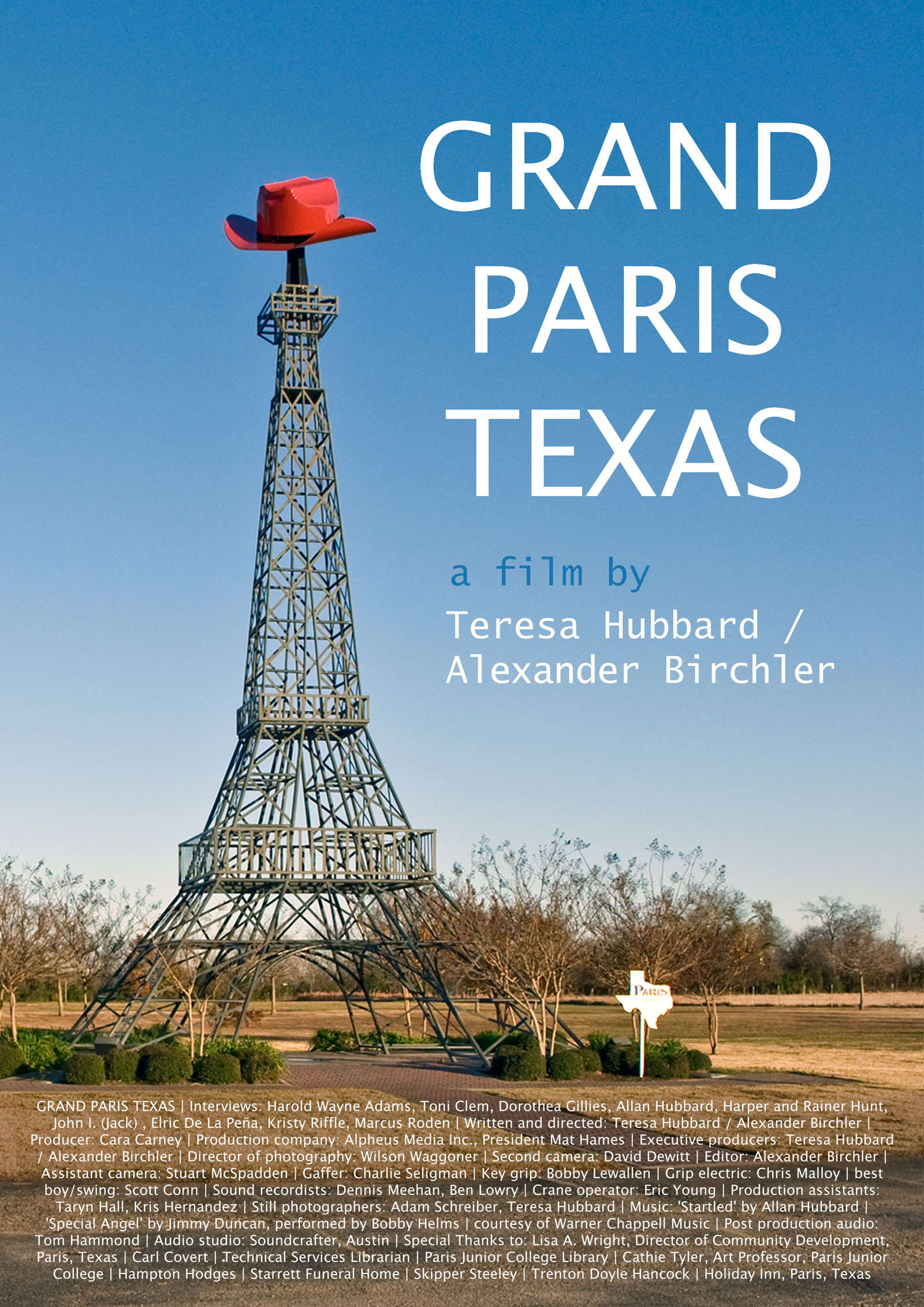
Tabaimo
hanabi-ra, 2002
June 27
In hanabi-ra, 2002, Tabaimo uses animation to create a visual haiku relating the cycles of nature to the cycles of human life. This video takes its title from a Japanese phrase meaning "flower petal" and depicts a garden inside a human body. The garden undergoes various seasonal changes, and eventually the figure dissolves, leaving behind only pieces of paper.
Tabaimo
Japanese, born 1975
hanabi-ra, 2002
Single-channel video animation; 4 minutes, 25 seconds
Collection of the Modern Art Museum of Fort Worth, Museum purchase
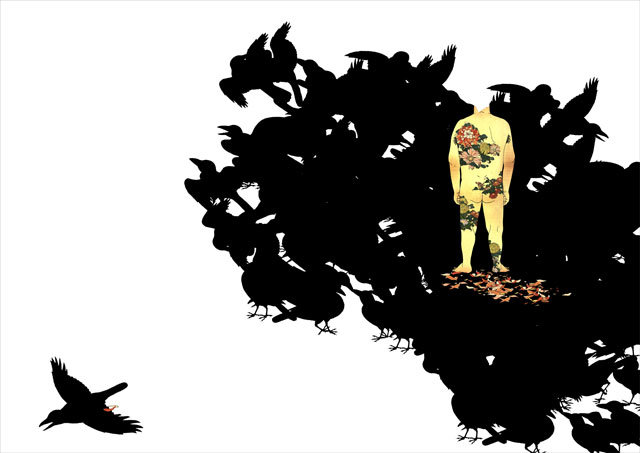
Yinka Shonibare, CBE (RA)
Odile and Odette, 2005
July 11
Yinka Shonibare’s Odile and Odette, 2005, portrays an account of Tchaikovsky’s famous ballet Swan Lake. The ballet tells the story of a prince who must choose between the good swan, Odette, and the bad swan, Odile. Traditionally, the two roles are danced by the same ballerina, with Odile in black clothes and Odette in feminine, finer garments. In Shonibare’s Odile and Odette, one black and one white ballerina dance the parts on either side of an empty gold frame, mirroring each other's movements. Both dancers wear pointe shoes and tutus of batik cloth, a fabric associated with the European colonization of West Africa. By editing the film so that the two women perform interchangeably, as equals, Shonibare nods to the fundamentally erroneous narratives that fuel colonialism and racism. “The roles—one as the ego and one as alter—in my version are more ambiguous: you would not necessarily be able to tell who is the bad swan and who is the good one,” says Shonibare.
Yinka Shonibare CBE (RA)
British and Nigerian, born 1962
Odile and Odette, 2005
High-definition digital video; 14 minutes, 28 seconds
Collection of the Modern Art Museum of Fort Worth, Gift of the Director's Council and Museum purchase, 2013
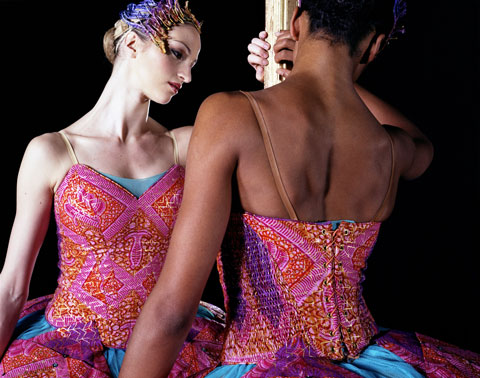
Robert Smithson, Spiral Jetty, 1970
and
Melanie Smith, Spiral City, 2002
July 25
This installment of Modern TV brings together two distinct but connected filmic works in the Modern’s permanent collection: Robert Smithson’s Spiral Jetty, 1970, and Melanie Smith’s Spiral City, 2002.
Robert Smithson is best recognized for earthworks such as Spiral Jetty, 1970, a swirling 1,500-foot-long landmass comprised of rock, dirt, and salt that juts out from the shore into the Great Salt Lake. Known for disappearing and reappearing as the water level of the lake fluctuates, the work is a testament to the artist’s interest in environmental shifts and unstable situations—ideas that continue to have great urgency today. The film Spiral Jetty, a “portrait” of the monumental earthwork, is an artistic endeavor of its own identity. Featuring voiceovers by Smithson and juxtaposing the industrial violence of Spiral Jetty’s construction with the peaceful beauty of its surroundings, the film provides an ambivalent, disorienting perspective of the artist’s iconic work.
Melanie Smith’s Spiral City, 2002, is a response to Smithson’s Spiral Jetty earthwork and related film. Her video transforms a brief aerial journey above the streets of Mexico City into a meditation on history and modernity, time and space, order and chaos. Founded on an island in Lake Texcoco nearly 700 years ago, Mexico City has grown into one of the world’s most crowded and polluted urban areas. Filmed from a helicopter as it climbs in widening spirals, Spiral City confronts the city’s unending grid of streets and buildings. As Spiral Jetty testifies to the entropic processes of natural materials, Spiral City suggests that the urban environment is subject to crystalline-like patterns of growth and erosion.
Robert Smithson
American, 1938–1973
Spiral Jetty, Great Salt Lake, Utah, 1970
16 mm film on video, color, and sound; 35 minutes
Collection of the Modern Art Museum of Fort Worth© Holt/Smithson Foundation, Licensed by VAGA at ARS, New York. Distributed by Electronic Arts Intermix, New York
Melanie Smith
British, born 1965
Spiral City, 2002
Single-channel video, projection; 5 minutes, 50 seconds
Collection of the Modern Art Museum of Fort Worth, Museum purchase, The Friends of Art Endowment Fund
© Melanie Smith
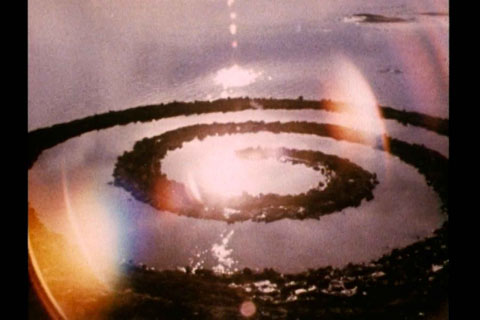
Still from Robert Smithson, Spiral Jetty (1970)⠀
Digitized 16 mm film⠀
Color, sound⠀
Duration: 35 minutes
© Holt/Smithson Foundation, Licensed by VAGA at ARS, New York. Distributed by Electronic Arts Intermix, New York.
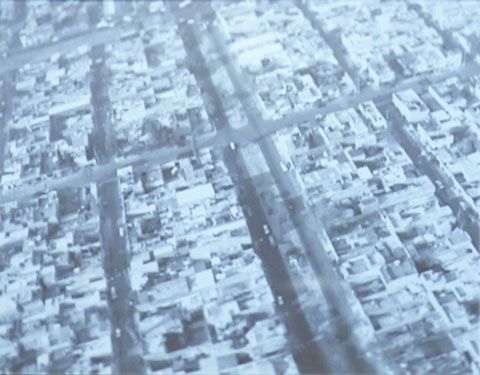
Still from Melanie Smith, Spiral City, 2002
Single-channel video, projection; 5 minutes, 50 seconds
Collection of the Modern Art Museum of Fort Worth, Museum purchase, The Friends of Art Endowment Fund
© Melanie Smith
